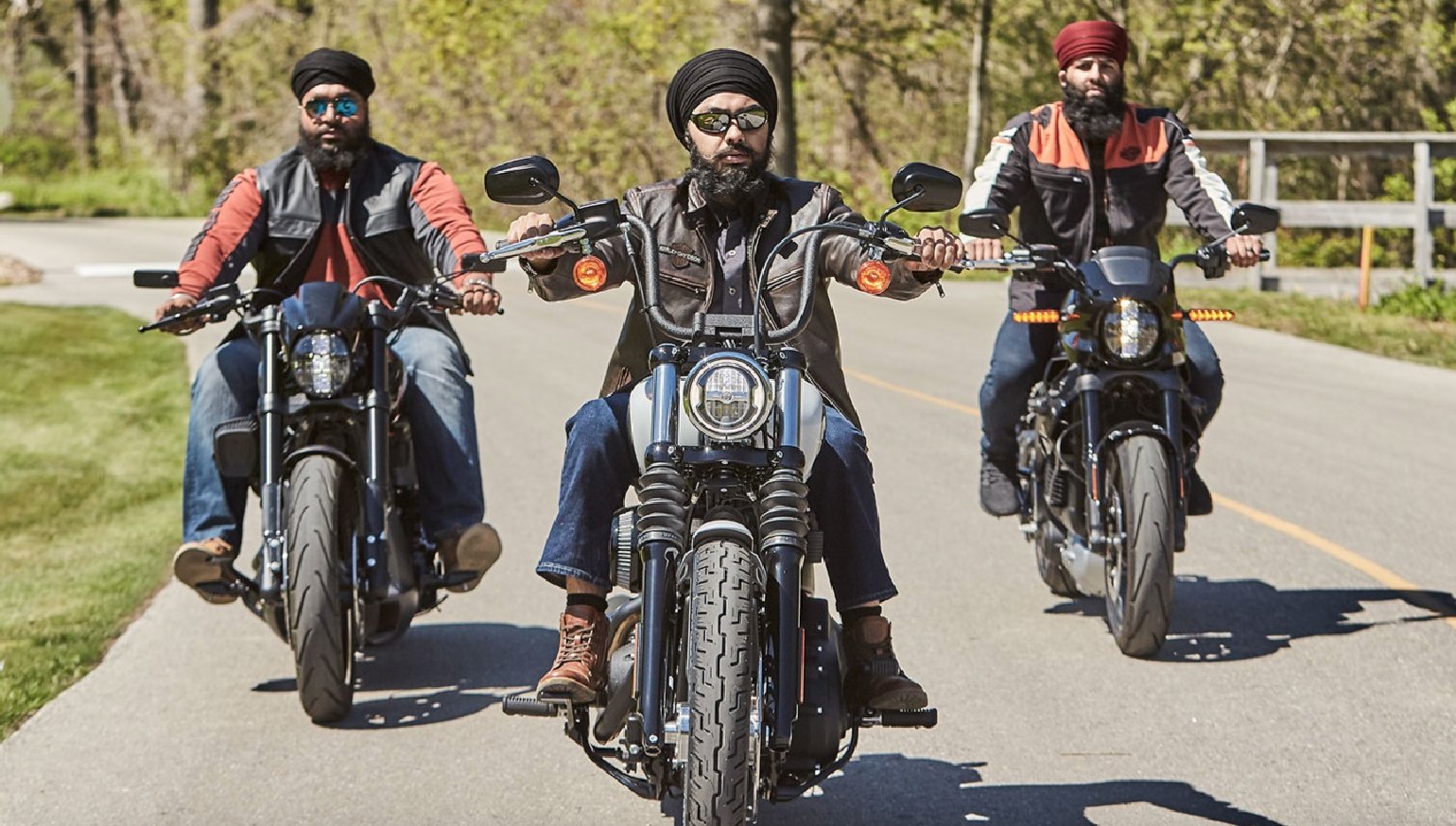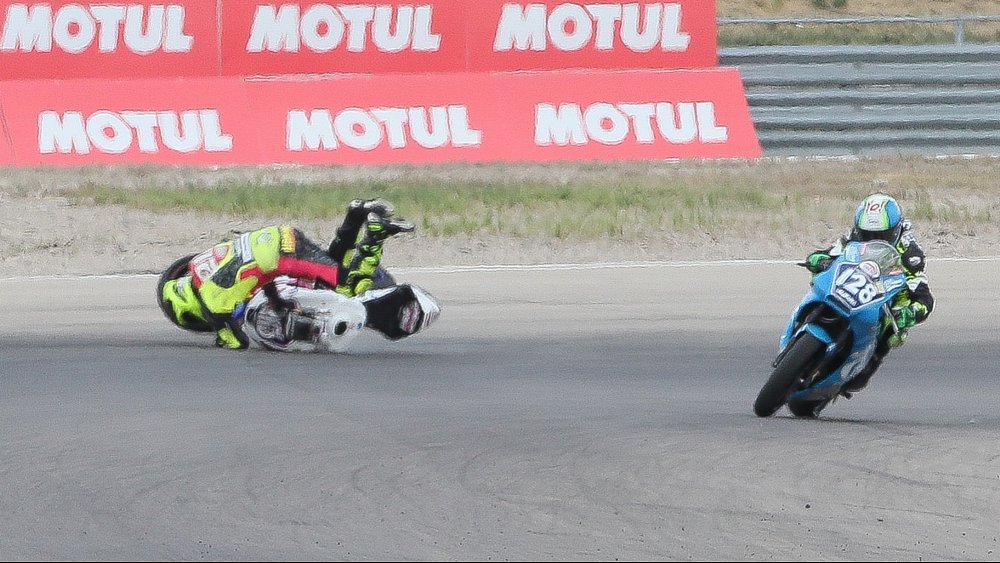What do you do when religious practices conflict with riding your motorcycle safely? Or legally?
There are 25 to 30 million Sikhs around the world, most of whom do not cut their hair. Growing it is a sign of religious devotion and their long hair is wrapped in, and covered by, a turban. The turban is both a religious symbol and a form of personal expression for Sikhs. But there’s a religious prohibition about covering it, so wearing a crash helmet over the turban is not allowed. In any case, no matter how you wrap a turban, the end result is too bulky to fit under a helmet.
Canada has a large Sikh community and has made many accommodations for turban wearers. The Canadian Armed Forces and even the hidebound Royal Canadian Mounted Police allow Sikhs to wear uniform turbans instead of regulation hats. The three Canadian provinces with the largest Sikh communities all provide an exemption from helmet laws. Everyone else has to wear an approved helmet, but Sikhs are allowed to ride in their turbans.
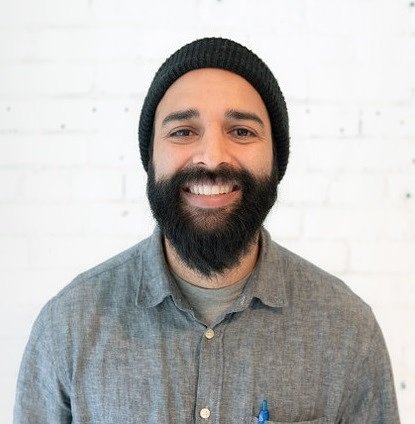
Vic’s not a rider himself, but he comes by his motorcycling interest honestly. “I was inspired by my father who grew up in a very small rural village in India. He dreamed about owning a Harley-Davidson. To him, that represented the ultimate freedom,” Vic told me in a phone interview from Toronto.

After trying a few prototypes, Chris and Vic settled on a design with typical turban proportions, which is to say it’s about 12 feet long and, over most of that length, it’s about four inches wide. About half the overall length is normal turban material, but the outer layers include Dyneema, a 3D-printed carbon fiber take on chain mail, and “non-Newtonian” foam. Those are the ingredients that make it a tougher turban.
According to its manufacturer, Dyneema is a “super-strong ultra-high molecular weight polyethylene fiber,” characterized by “extremely long molecular chains that transfer load more effectively to the polymer backbone.” Phew, eh? It excels in cut and abrasion resistance.
The foam is similar to a soft armor that some motorcyclists already know as “D3O” that has been used in CE-certified body armor for more than a decade. The key ingredient is a “dilatant” or non-Newtonian liquid that has low viscosity if unstressed but that instantly stiffens when exposed to shear forces. It’s flexible when slowly being wrapped onto the wearer’s head, but stiffens to spread and attenuate forces in a sudden impact.
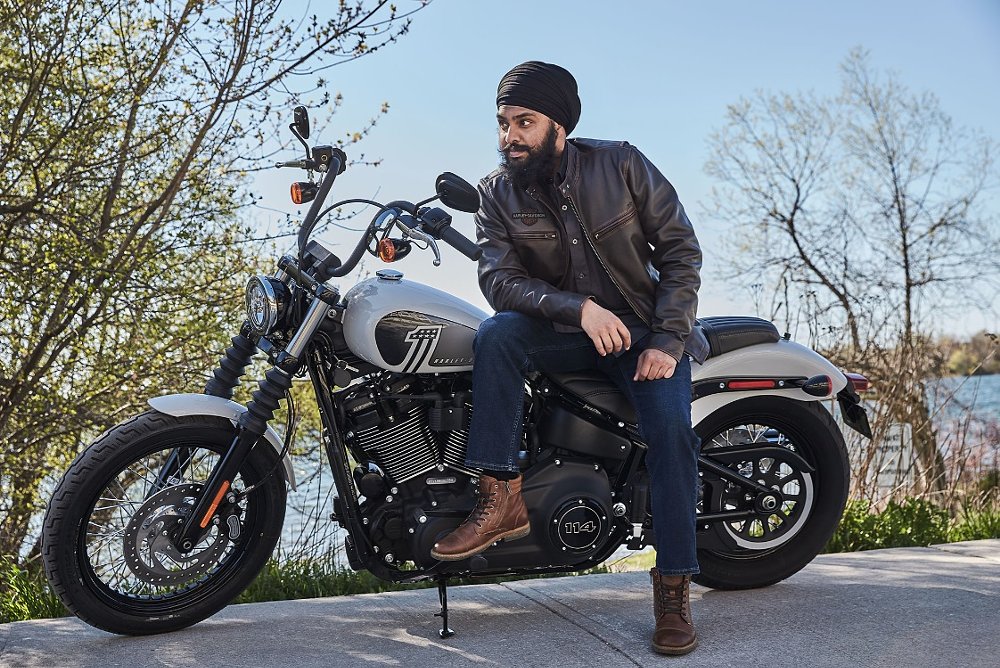
Although Vic and Chris have already been approached by manufacturers, the initial plan is to make Tough Turban an open-source design. Anyone will be able to download the specs at ToughTurban.com and make their own. Vic told me that he was inspired by Volvo; the carmaker patented the design for the three-point seat belt in 1959, but left it open for anyone to use.
Tougher than a cotton turban, but tough enough?
One of my first questions to Vic and Chris was whether they had submitted the Tough Turban to the sorts of tests used to certify real crash helmets. The short answer was "no," although Chris pointed out that the materials they used are well understood in the protective gear market.
Without helmet test data, it’s easy to dismiss this project, but is that fair? It’s early days for Tough Turban; the project’s only about six months old. Who knows how it might evolve? If they sign up a manufacturing partner, that company may conduct tests and quantify the degree of protection on offer.
Until then, I am ready to believe that it can be called a safer turban for motorcyclists, but not a safe one in the Canadian context, where the standard of comparison should not be a simple turban, but rather the crash helmets worn by the vast majority of riders. Part of the backlash against Canadian laws allowing Sikhs to ride with turbans while others have to wear helmets — and my own personal opinion, as well — is that people whose religious beliefs effectively prohibit adequate helmets should not ride motorcycles. But then most people should not ride motorcycles. The thing is, they often do.
To be clear, the Tough Turban’s creators don’t claim it’s as good as a crash helmet. They didn’t present it to me as “Now all Sikhs can finally ride if they wish.” Rather they presented it as, “We wanted to create a better option for Sikhs who are already riding in ordinary turbans.”
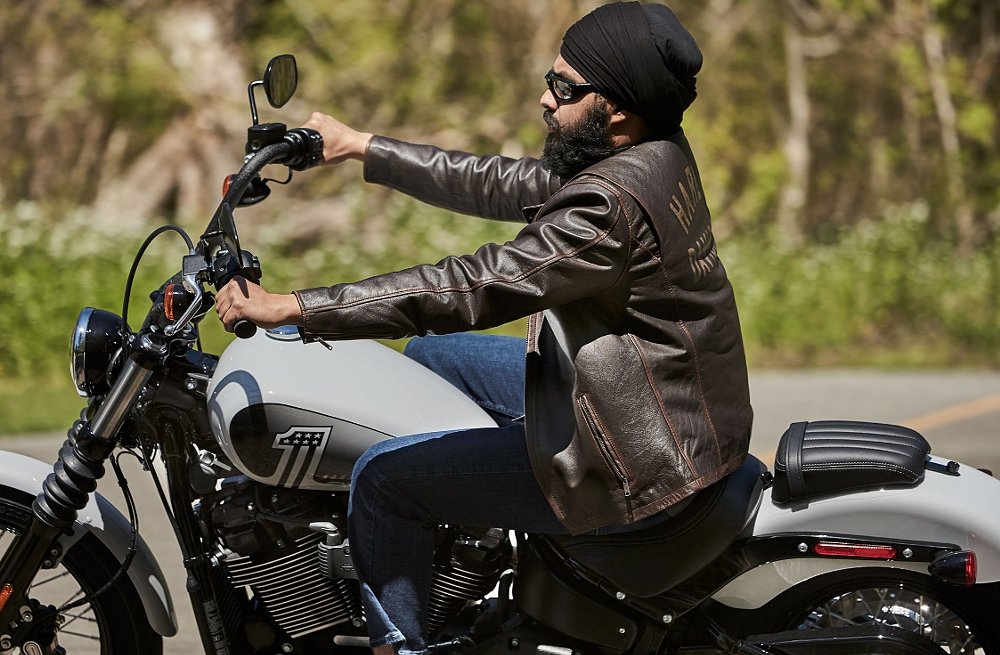
Beyond the North American perspective
My perspective is a North American one, however, where motorcycling is mainly a hobby. Almost no one has to ride. That's not the case in India.
Motorcycles are critical transportation in India, often the only way to get to school, work or from farm to market. In theory, Indian motorcyclists — like almost all Canadians — are required to wear helmets but many do not. One recent report claimed six Indian riders or passengers are killed in road traffic accidents every hour and that nearly half those fatalities could be avoided with proper helmet use. Where Sikhs are concerned, adherence to helmet laws is moot, because anyone wearing a turban is exempted.
India’s Punjab state is majority Sikh. Nearly 30 million Indian Punjabis own nearly eight million motorcycles and for practical purposes the only headgear option the many Sikhs among them have is a traditional cloth turban.
Some protection has to be better than none, right? Far beyond Canada, India represents a potential market for Tough Turbans, as long as they can be profitably sold at an affordable price.




